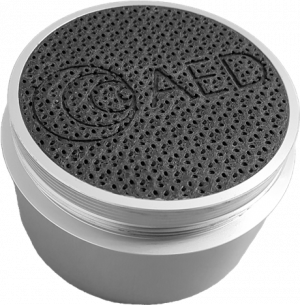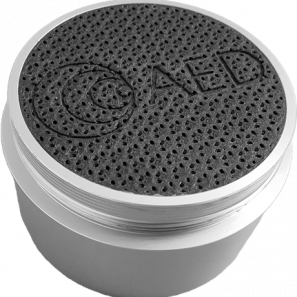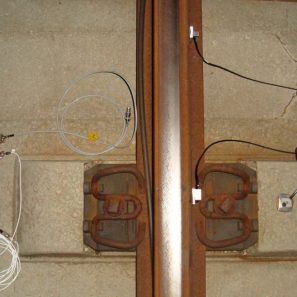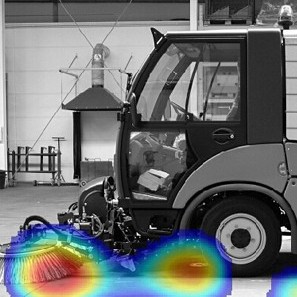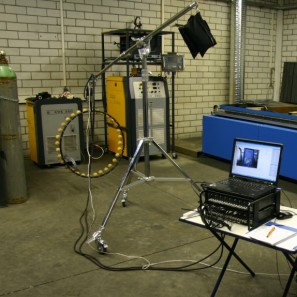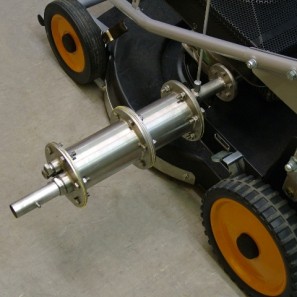Engineering with 3d print
For many years, mufflers and sound absorbers belong to the core competencies of the company. Starting from the measurement of the disturbing noise source via the acoustic design and optimization to the fabrication and the testing we support our customers from the different areas of industry. By means of 3d print technology, the testing together with the eventually following phase of iterative optimization at the object of concern can be carried out considerably more effective.
Acoustic design and optimization
By applying analytical and numerical tools, mufflers are designed with respect to the characteristic source spectrum of the noise source to be reduced as well as the acoustic requirements – maximum permitted sound power level / immission sound pressure level and accordingly the required transmission loss / insertion loss. Thereby, especially the operating conditions specific for the machinery and the device of interest play an important roll.
In case no sufficient information of the noise source of concern are available, the actual acoustic situation can be determined by measurements on site or in the laboratory.
Subsequently, on the basis of the available space, the geometric dimensions of the muffler as well as the required acoustically relevant material parameters (e. g. airflow resistivity) are defined.
Fabrication and testing
By application of the 3d print technology – especially in the prototypical phase – big advantages arise.
On the one hand, the printed muffler consists of a single material only and is being printed in the best case as single connected component. In contrast to classic absorption muffler – where mineral or stone wool is installed in casings, eventually even behind a perforated cover – a manual filling is not required.
On the other hand, different acoustically relevant material parameters can be put into effect by means of different 3d print settings while avoiding a real change of material or a compression of the sound absorber.
Furthermore, in contrast to classic spray methods, the 3d print procedure requires no cost-intensive mold or fabrication tool kit. Prototypes or small series of mufflers and silencers can be fabricated with low effort of time and costs, tested and subsequently eventually further optimzed at one. Even complex geometries, differing from those of classic cylindrical mufflers, can be fabricated without any additional costs and adaption effort.
For realtime testing different test setups for silencers and mufflers are available to measure the spectral damping, pressure drop and the flow noise under near-operating conditions. Coupling adapters eventually required for that can be effectively fabricated by means of 3d print method as well or directly couppled to the muffler.
